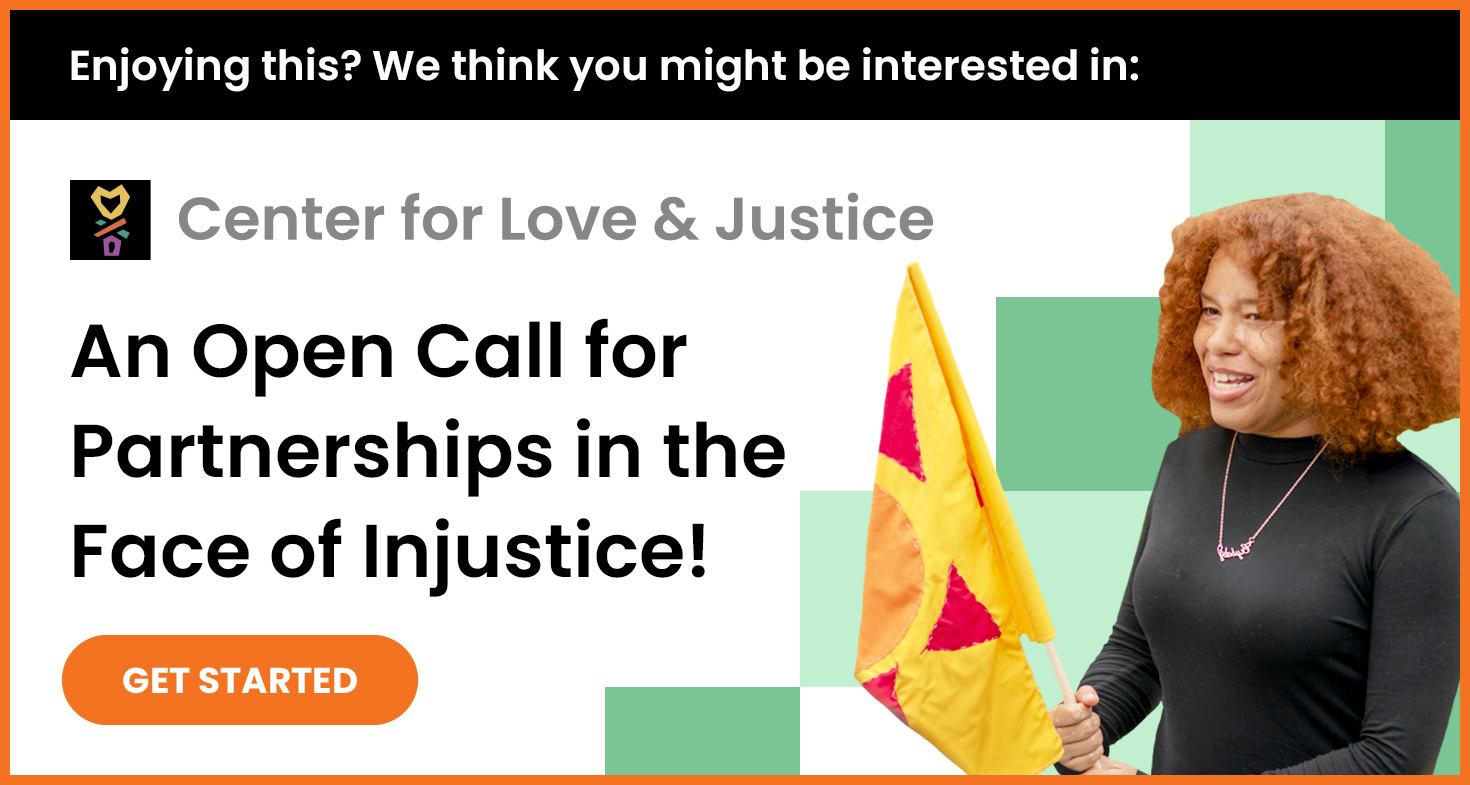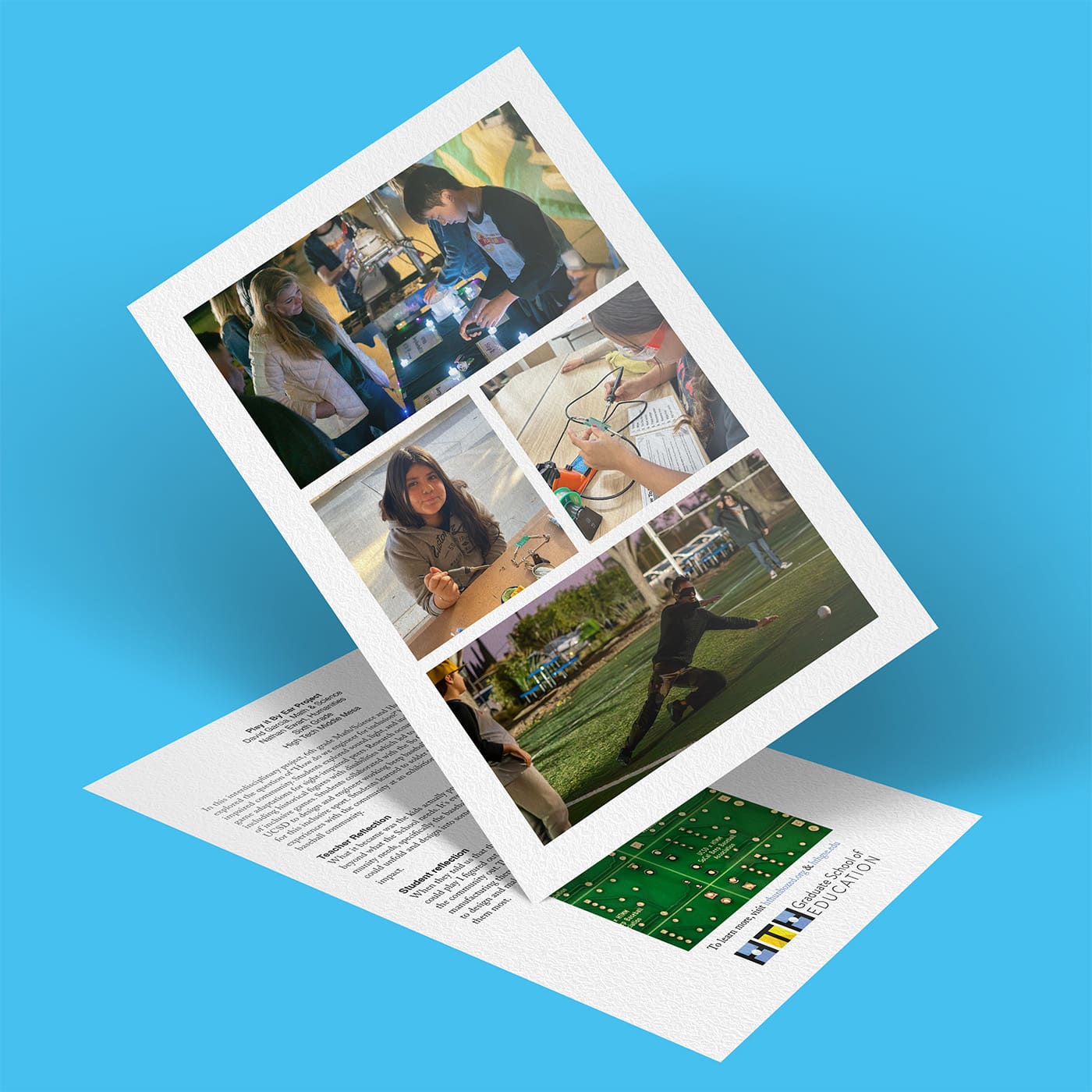- About

About
Opportunities
Educator Resources

About
Opportunities
Educator Resources
- Credential &
Degree Programs
learn more about

learn more about
- Professional
Development
overview
partner with us
events
partner with us

overview
partner with us
events
partner with us
- Continuous
Improvement
learn more about

learn more about















